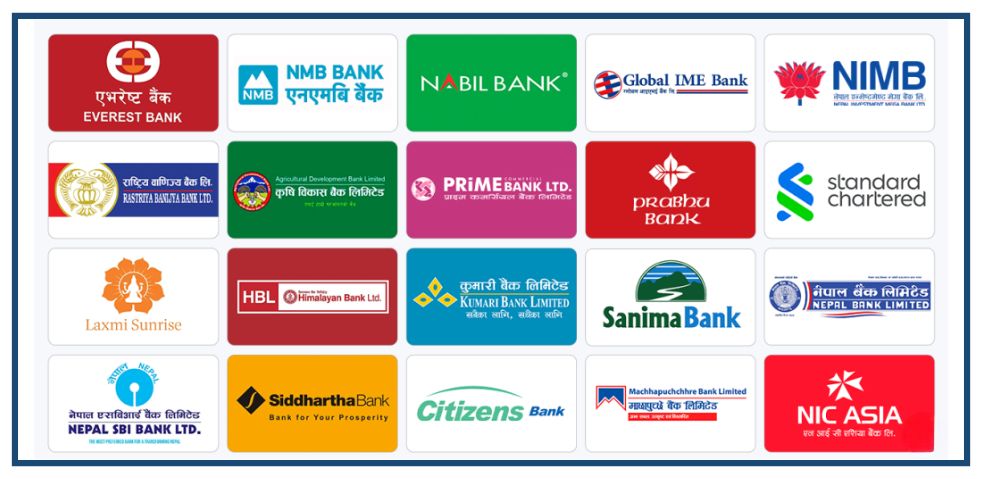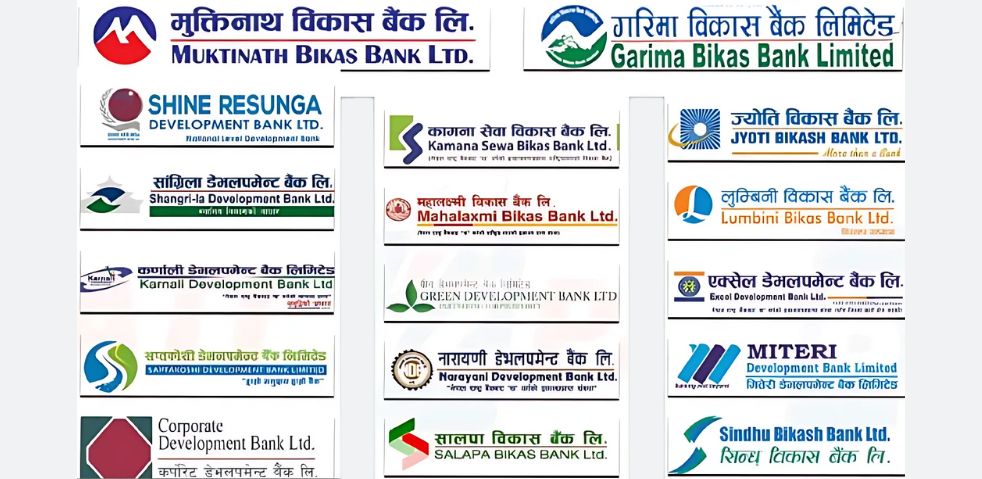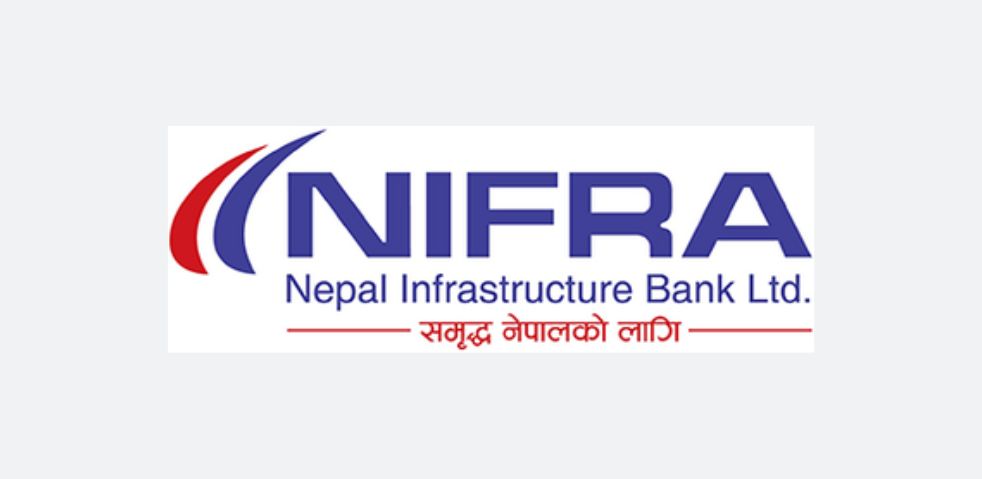A bank is a financial institution that accepts deposits from the public, provides loans, and offers various financial services like savings accounts, checking accounts, credit cards, and investment products. In Nepal, there are over 50 licensed banks and financial institutions that offer both online and physical banking services, playing a vital role in the country’s economic growth.
Types of Banks in Nepal
1. Class ‘A’ – Commercial Banks

Commercial banks are the largest and most established types of banks in Nepal. They offer a wide range of services, including savings and current accounts, loans, remittances, and trade finance. These banks primarily cater to businesses and high-net-worth individuals. These banks are required to have at least Rs. 8 billion in paid-up capital to operate, as set by the regulatory guidelines. As of July 2022, there were 20 commercial banks in Nepal.
Examples:
- Nepal Bank Limited
- Rastriya Banijya Bank
- Nabil Bank
- Standard Chartered Bank Nepal
2. Class ‘B’ – Development Banks

Development banks in Nepal primarily focus on supporting sectors like agriculture, tourism, and small to medium-sized enterprises (SMEs). They are classified based on the area they serve: National level, 4 to 10 districts, or just 1 to 3 districts. As of January 2023, 17 development banks are operating across the country. These banks are required to have at least Rs. 2.5 billion in paid-up capital to operate, as set by the regulatory guidelines.
Examples:
- Muktinath Bikas Bank
- Garima Bikas Bank
- Jyoti Bikas Bank
- Shine Resunga Development Bank
3. Class ‘C’ – Finance Companies
Finance companies offer limited banking services compared to commercial banks. They specialize in areas like vehicle financing, housing loans, hire purchase financing, and personal loans. These institutions primarily serve the urban middle class and businesses. As of 2025, there were 17 finance companies in Nepal. Among them, 15 are operational, while 2 have been classified as problematic. These banks are required to have at least Rs. 800 million in paid-up capital to operate, as set by the regulatory guidelines.
Examples:
- Everest Finance
- Progressive Finance
- Goodwill Finance
4. Class ‘D’ – Microfinance Financial Institutions
Microfinance institutions aim to provide financial services to low-income individuals and groups, especially in rural areas. They offer small savings and credit products to support microenterprises. While their interest rates might be higher, they ensure easy accessibility. As of December 2024, there are a total of 52 microfinance companies in Nepal. Out of these, 51 are currently in operation, while one has been suspended. These banks are required to have at least Rs. 500 million in paid-up capital to operate, as set by the regulatory guidelines.
Examples:
- Swabalamban Laghubitta Bikas Bank
- Nerude Laghubitta Bikas Bank
- Chhimek Laghubitta Bikas Bank
5. Infrastructure Development Bank

Nepal Infrastructure Bank Limited (NIFRA), established in 2018, is a public company focused on financing sustainable infrastructure projects across Nepal. Its ownership includes the Nepal Government (10%), private investors (10%), public companies (40%), and the general public (40%).
As a specialized financial institution, NIFRA plays a key role in funding large-scale infrastructure projects that support national development. It is the only bank in Nepal dedicated to financing sectors like energy, roads, airports, and telecommunications.
6. Other Financial Institutions
In addition to the primary types of banks, Nepal’s financial system also includes various other institutions that contribute significantly. These include cooperatives and specialized entities such as the Citizen Investment Trust (CIT) and Employees Provident Fund (EPF), among others.
The financial landscape features:
- Insurance Companies: 19 life insurance and 19 non-life insurance companies.
- Reinsurance Companies: 2 companies offering reinsurance services.
- Provident and Investment Funds: Employees Provident Fund (EPF), Citizen Investment Trust (CIT), and Social Security Fund (SSF).
- Specialized Investment Companies: Hydroelectricity Investment and Development Company Ltd. (HIDCL).
- Others: 10 hire purchase companies and a postal savings bank.
These institutions offer a range of services that complement the roles of commercial, development, and microfinance banks, helping to diversify Nepal’s financial sector and meet the diverse needs of the population.
History of Banking System in Nepal
The banking history of Nepal started with the formation of the Nepal Bank Limited in 1937 A.D. (1994 B.S.). It was the first commercial bank to be established jointly owned by the government and the public. Later, in 1956 A.D. (2013 B.S.), Nepal Rastra Bank was set up as the central bank to manage and supervise the country’s banking system. After the 1990s, economic liberalization encouraged the growth of private commercial banks, development banks, finance companies, and microfinance institutions.
In recent years, the banking sector has improved a lot with the introduction of digital services like mobile banking, internet banking, and QR payments, making banking easier to access throughout the country.
Key Challenges in Nepal’s Banking Sector
While growing, the banking system also faces issues like:
- Liquidity shortages – Due to high loan disbursement without matching deposits
- Loan defaults – Especially in sectors hit by economic downturns
- Political instability, which affects investor confidence and regulatory decisions
- Over-competition – Leading to aggressive marketing and reduced profit margins
Conclusion
Nepal’s banking system has grown significantly, moving from just one state-owned bank to a diverse and modern financial sector. It now includes microfinance, mobile banking, and digital services, making finance more accessible. Different banks and financial institutions serve various needs, from rural individuals to big businesses and government projects. They offer loans, savings, and financial advice, helping people and the economy grow. The Nepal Rastra Bank oversees all these institutions to keep the financial system safe and stable.
FAQs About Banks in Nepal
- How many banks are there in Nepal?
As of now, there are 20+ commercial banks and over 50 other financial institutions licensed by the NRB. - Can foreigners open a bank account in Nepal?
Yes. Expats can open accounts with proper identification and visa/residency documents. - Which bank offers the best interest rates in Nepal?
Rates vary. Check the websites of commercial banks like NIC Asia or Nabil for updated rates. - Which is the oldest bank in Nepal?
Nepal Bank Limited, established in 1937, is the first and oldest bank in Nepal.



